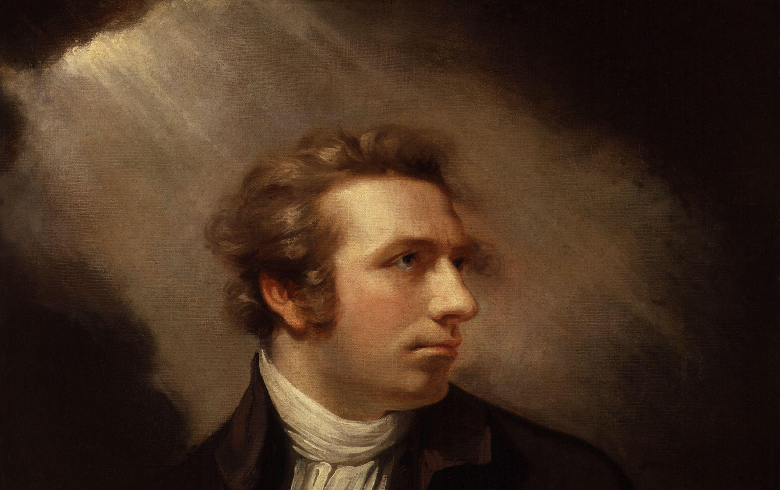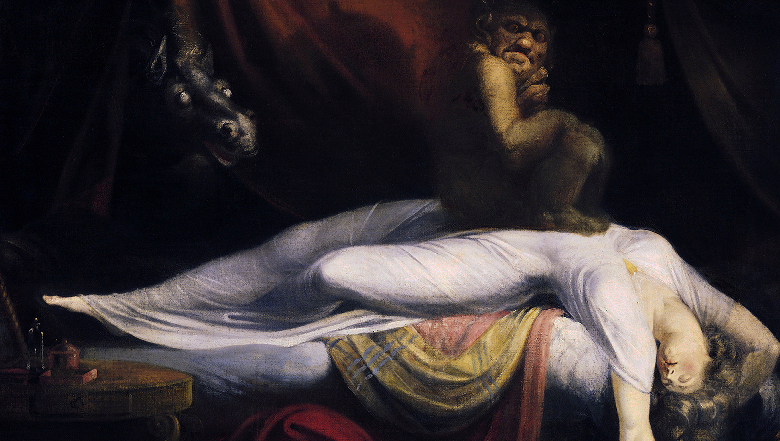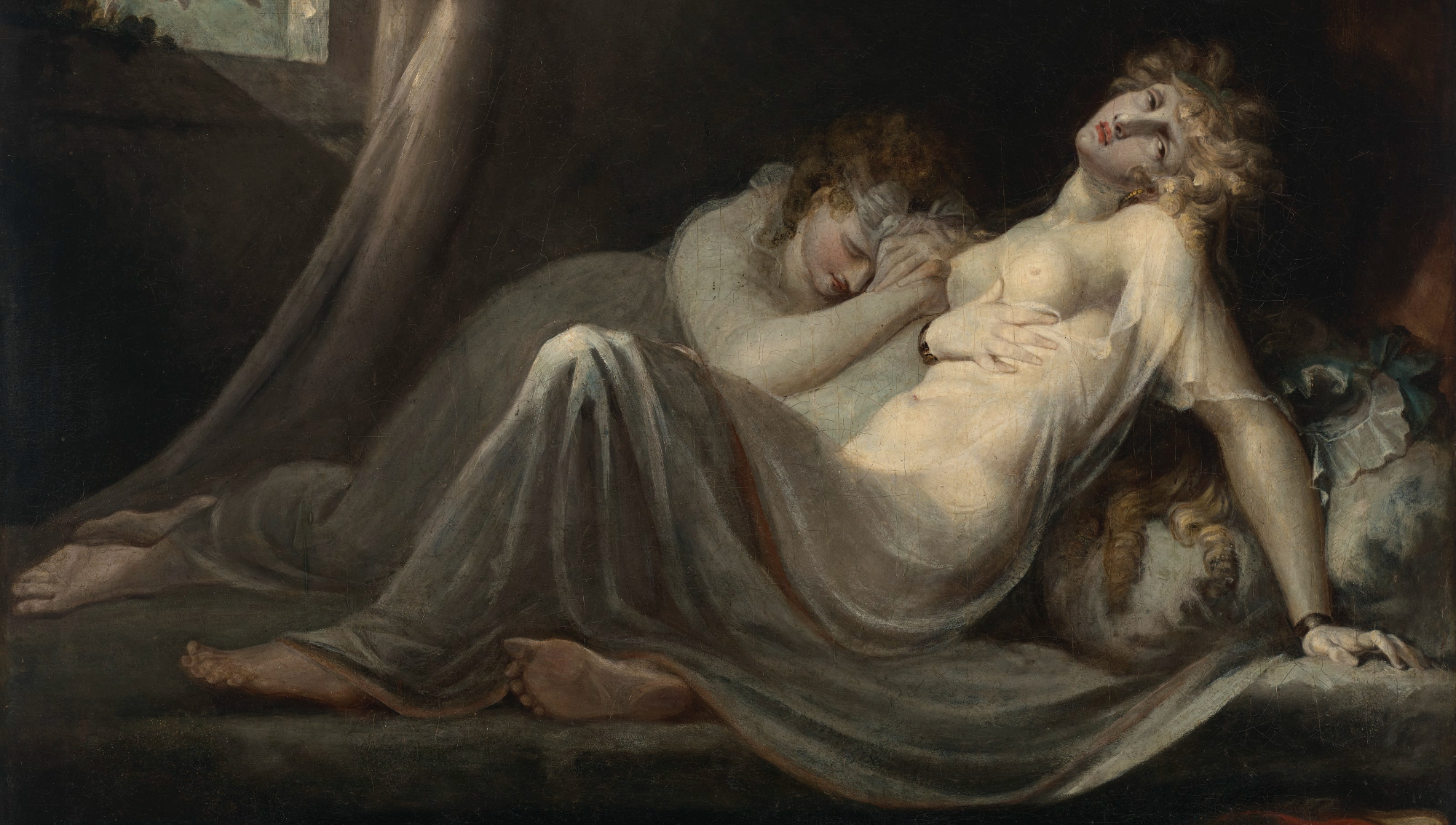Over the centuries, many artists have embraced the macabre and filled their work with scenes of foreboding and horror. Of these, one of the most prominent would be Henry Fuseli, the 18th century painter whose works have stood the test of time as some of the most disturbing, intense, and horrific works of art.
Fuseli is well-known as a painter initially in the Romantic school of art and eventually in the proto-Romantic German art movement of Sturm und Drang. With his highly skilled works depicting macabre themes and visuals, he is also considered one of the main pioneers by 20th century Surrealist painters.
Here is a look at the life of Henry Fuseli and his art.
Henry Fuseli Biography
Any Henry Fuseli biography must begin in Switzerland, as he was born in Zurich in 1741 to parents with an avid interest in art. His father was a collector of art, and from a very young age, Fuseli showed an aptitude in sketching and drawing as he would copy the art in his father’s collection. His father, however, discouraged art as a career path and would rather see Fuseli become associated with the Church as a Minister.
During his studies, Fuseli became enamored with literature and philosophy and was eventually ordained as a priest. However, he was forced to leave his home country and abdicate to Germany in his twenties, where he was exposed heavily to the German Enlightenment movement.
He spent a considerable time in London as a translator, completing works of translation that forced him to look at his own faith and renounce it after coming into contact with major Enlightenment philosophers and their works. It is at this time that his life changed when he was encouraged by a benefactor to start a concrete pursuit into art, something he initiated with a move to Italy.

It is in Italy that Fuseli developed his famously macabre style of painting. The style employed distortion along with a twisted chiaroscuro lighting scheme and the foreshortening of figures. Over the years, he exhibited many famous paintings and would develop a passion for nude portraits in the future. He had a long career as an artist, art teacher, and translator. Fuseli was married multiple times and had a reputation as a ladies’ man, his paintings often mingled the macabre with erotic themes, creating a unique style that was an inspiration for many young painters of the future.
Fuseli and his Art
The most important and famous of Fuseli’s paintings is The Nightmare, the chilling visual interpretation of a scene done in his signature style. Created using oil on canvas, this painting is consistent with the theme of Gothic horror and along the lines of Poe and Mary Shelley. The painting was immensely popular and considered to be innovative and ahead of its time.
In the painting, we see a woman lying unconscious and disheveled in bed, with limp arms hanging from the edge of the bed. On top of the woman sits a goblin-like figure while a horse’s head with large eyes observes the scene from a corner. The goblin has been interpreted as the mythical incubus figure who would sit on top of female victims while they slept and transfer dark thoughts which would contribute to nightmares and sleep paralysis. Some have also uncovered a sexual theme in the positioning of the characters with the horse’s head signifying penetration.

The work was immensely popular and was later used as inspiration by William Blake in his famous Jerusalem.
Another famous dark painting of Fuseli is The Night-Hag Visiting Lapland Witches that depicts a narrative from Milton’s Paradise Lost. In fact, Fuseli often used moments from literature as inspiration for his paintings. This is the height of Fuseli’s mastery of the chiaroscuro lighting technique and an imaginative and dark reinterpretation of the Milton narrative into effective Gothic horror art.
The picture shows the scene of a child sacrifice by witches. The witch in the front seems to have been distracted by the appearance of the night-hag, an incarnation of Hecate who would be attracted to the smell of children’s blood. The background is a distorted combination of large hellhounds standing in attention while witches dance and celebrate the coming sacrifice.
The most ominous part of the picture is the disembodied hand that rises from the edges in the bottom corner of the picture, holding a dagger and waiting to complete the sacrifice. The stark, horrifying nature of the figures in the painting mingle with the washed-out background to create a truly macabre scene, one which William Blake again uses as inspiration for his Oberon, Titania and Puck.
Powerful Painting
This is a brief look at a Henry Fuseli biography covering his life and art. He was one of the most compelling painters who embraced the macabre and created horror masterpieces that can still baffle and frighten people to this day.
— FOUNDATIONS OF HORROR —
Further explore these subgenres & tropes. more>>
#Gothic horror | #Monster horror | #Witchcraft horror

Last Updated on August 23, 2022.


2 Comments